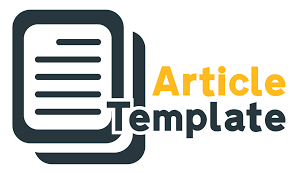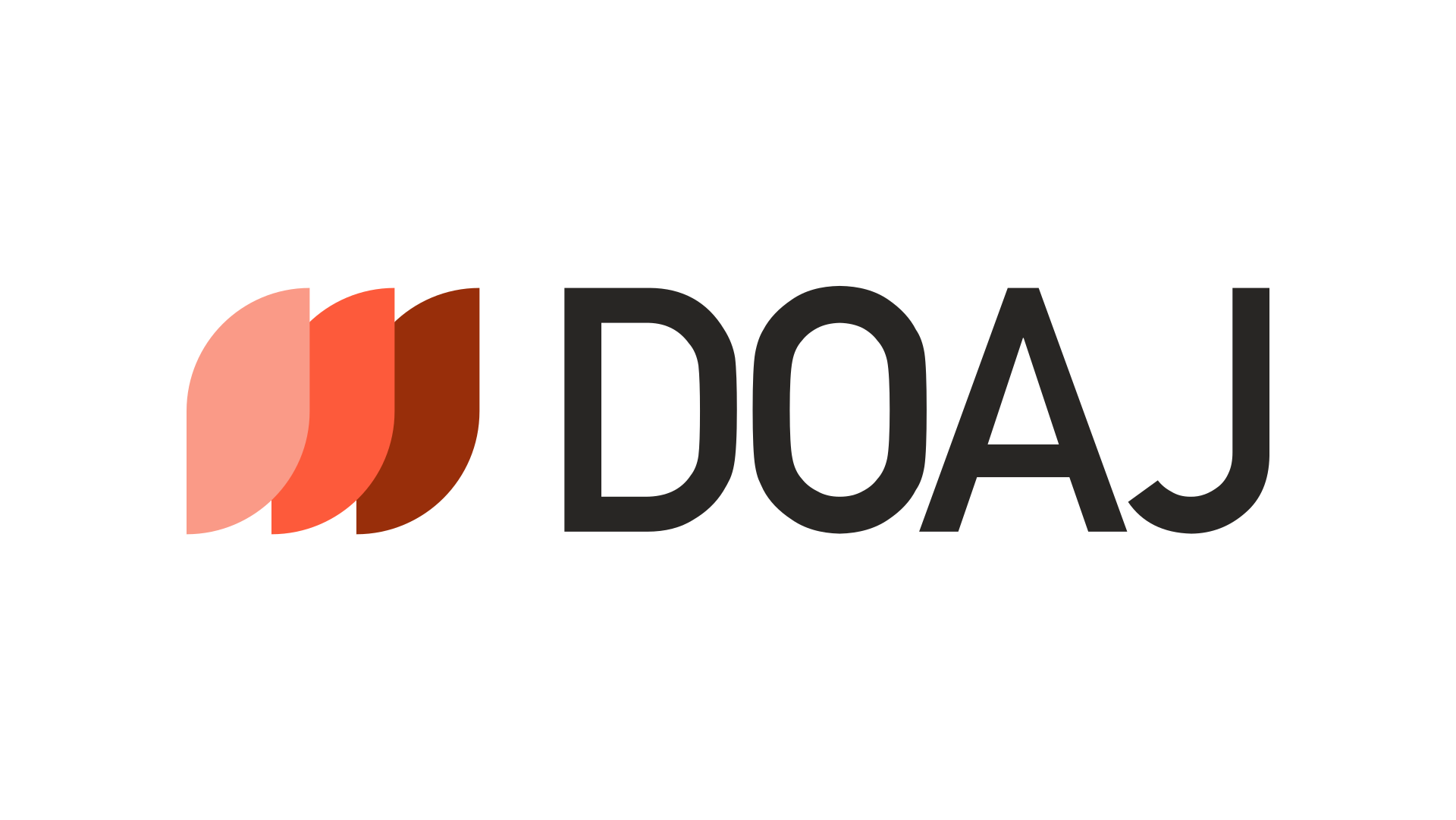Model of improving the business performance through innovation capability based on transformational leadership
DOI:
https://doi.org/10.38043/revenue.v1i2.3639Keywords:
Business performance, Innovation capability, Transformational leadershipAbstract
This study aimed to analyze the effect of transformational leadership through innovation capability on business performance studies at Village-Owned Enterprises (Village-Owned Enterprises) in Semarang Regency. Innovation capability is a measure of the achievement of good business performance in Village-Owned Enterprises in Semarang Regency. Respondents in this study were the managers of Village-Owned Enterprises in Semarang Regency. Data were collected through a questionnaire method that was filled out independently by 125 selected respondents where the respondents had managed Village Owned Enterprises in their respective villages in 19 sub-districts in Semarang Regency. The analytical method used is Structural Equation Modeling (SEM) analysis which is run with the SMART-PLS 3.2.9 program. The results of hypothesis testing with SMART-PLS 3.2.9 showed that transformational leadership had a direct effect on innovation capability, transformational leadership had a direct effect on business performance, innovation capability had a direct effect on business performance, and innovation capability was proven to be able to mediate transformational leadership in improving the business performance of Village-Owned Enterprises.
References
Articles
Abdul Halim, M. A. S., Muda, S., & Mohd Amin, W. A. A. W. (2011). The Measurement of Entrepreneurial Personality and Business Performance in Terengganu Creative Industry. International Journal of Business and Management, 6(6), 183–192. https://doi.org/10.5539/ijbm.v6n6p183
Afsar, B., & Umrani, W. A. (2020). Transformational leadership and innovative work behavior: The role of motivation to learn, task complexity and innovation climate. European Journal of Innovation Management, 23(3), 402–428. https://doi.org/10.1108/EJIM-12-2018-0257
Berraies, S., & Zine El Abidine, S. (2019). Do leadership styles promote ambidextrous innovation? Case of knowledge-intensive firms. Journal of Knowledge Management, 23(5), 836–859. https://doi.org/10.1108/JKM-09-2018-0566
Chung, H. F. L., Wang, C. L., Huang, P. H., & Yang, Z. (2016). Organizational capabilities and business performance: When and how does the dark side of managerial ties matter? Industrial Marketing Management, 55, 70–82. https://doi.org/10.1016/j.indmarman.2016.02.014
Clauss, T., & Kesting, T. (2017). How businesses should organize knowledge-intensive collaboration with universities: An empirical investigation of university professors. Industrial Marketing Management, 62, 185–19.
Cohen, W. M., & Levinthal, D. A. (1990). Absorptive Capacity: A New Perspective on Learning and Innovation. Administrative Science Quarterly, 35(1), 128. https://doi.org/10.2307/2393553
Ferdinand, A. (2000). Marketing management: A strategic approach. Research Paper Series, 1, 1–55.
García-Morales, V. J., Jiménez-Barrionuevo, M. M., & Gutiérrez-Gutiérrez, L. (2012). Transformational leadership influence on organizational performance through organizational learning and innovation. Journal of Business Research, 65(7), 1040–1050. https://doi.org/10.1016/j.jbusres.2011.03.005
Hadjimanolis, A. (2000). An investigation of innovation antecedents in small firms in the context of small developing country. R&D Management, 30, 235-245.
Hair, J. F., Ringle, C. M., & Sarstedt, M. (2012). Partial Least Squares: The better approach to structural equation modeling? In long range planning. https://doi.org/10.1016/j.lrp.2012.09.011
Henseler, J., Ringle, C. M., & Sarstedt, M. (2015). A new criterion for assessing discriminant validity in variance-based structural equation modeling. Journal of the Academy of Marketing Science, 43(1), 115–135. https://doi.org/10.1007/s11747-014-0403-8
Italiani, F. A. (2013). The influence of transformational and transactional leadership styles on employee performance in the HR department of PT. Semen Gresik (Persero) Tbk. Journal of Management Science, 6(1). https://doi.org/10.26740/bisma.v6n1.p11-18
Jaya, I. G. N. M., & Sumertajaya, I. M. (2008). Structural equation modeling with partial least square. National Seminar on Mathematics and Mathematics Education 2008, 118–132.
Kafetzopoulos, D., & Psomas, E. (2015). The impact of innovation capability on the performance of manufacturing companies the Greek case. Journal of Manufacturing Technology Management, 26(1). https://doi.org/10.1108/JMTM-12-2012-0117
Kasim, R. S. R., & Noh, I. (2012). The impact of organizational innovativeness on the performance of the university: An analysis among selected Malaysian private universities. ICIMTR 2012 - 2012 International Conference on Innovation, Management and Technology Research, 1–5. https://doi.org/10.1109/ICIMTR.2012.6236350
Lee, J., & Miller, D. (1996). Strategy, environment and performance in two technological contexts: contingency theory in Korea. Organization Studies, 17(5), 729–750.
Liao, Shu-Hsien, Fei, W. C., & Chen, C. C. (2006). Knowledge sharing, absorptive capacity, and innovation capability: An empirical study of Taiwan’s knowledge-intensive industry. Journal of Information Science, 20(10), 1-20.
Martinez-Martinez, A., Cegarra-Navarro, J. G., Garcia-Perez, A., & Wensley, A. (2019). Knowledge agents as drivers of environmental sustainability and business performance in the hospitality sector. Tourism Management, 70, 381–389. https://doi.org/10.1016/j.tourman.2018.08.030
Masa’deh, R.E., Obeidat, B.Y., & Tarhini, A. (2016). A Jordanian empirical study of the associations among transformational leadership, transactional leadership, knowledge sharing, job performance, and firm performance: a structural equation modelling approach. Journal of Management Development, 35(5), 681.
Patiar, A., & Wang, Y. (2016). The effects of transformational leadership and organizational commitment on hotel departmental performance. International Journal of Contemporary Hospitality Management, 28(3), 586–608. https://doi.org/10.1108/IJCHM-01-2014-0050
Rahab. (2010). Building knowledge sharing-based innovation capability with a strategic decision process approach (Literature review for creative industry sub-sector). Journal of PERFORMANCE, 11(2), 155-172.
Saunila, M., & Ukko, J. (2012). A conceptual framework for the measurement of innovation capability and its effects. Baltic Journal of Management, 7(4), 355–375. https://doi.org/10.1108/17465261211272139
Suranta, S. (2002). The impact of employee motivation on the relationship between leadership style and employee performance in business companies. Empirical Journal, 15(2), 116-138.
Venkatraman, N., & Ramanujam, V. (1986). Measurement of business performance in strategy research: A comparison of approaches. Academy of Management Review, 11(4), 801–814. https://doi.org/10.5465/amr.1986.4283976
Yunis, M., Jung, J., & Chen, S. (2013). TQM, strategy, and performance: A firm-level analysis. International Journal of Quality and Reliability Management, 30(6), 690–714. https://doi.org/10.1108/02656711311325638
Books
Bass B.M. (2014). Transformational Leadership Learning for Various Visions. Rineka Cipta Jakarta.
Dubois, D., & Rothwell, J. W. (2016). Competency Based Human Resource Management. Davies-Black Publishing.
Ghozali, I. (2015). Application of multivariate analysis with IBM SPSS program 23. Diponegoro University.
Hair et al. (1998). Multivariate data analysis (5th ed.). Upper Saddle River.
Kuncoro, M. (2006). Economic development. Salemba Empat Publisher.
Northouse, G. P. (2013). Leadership: theory and practice. intellectual property (6th ed.). Sage Publications.
Priyanto, S. H. Nadapdap, H. Y., & Janses S. A. (2019). The grand design book for the Development of Village Owned Enterprises in Jawa Tengah. Population and Civil Registry Office.
Sarwono, J. (2015). Making thesis, thesis, and dissertation with Partial Least Square SEM (PLS-SEM) No Title. ANDI.
Sugiyono, F. X. (2017b). Instruments of monetary control: Open market operations (Vol. 10). Pusat Pendidikan dan Studi Kebanksentralan (PPSK) Bank Indonesia.
Sugiyono. (2017a). Quantitative, Qualitative, and R&D Research Methods. Alfabeta, CV.
Teece, D. (2009). Dynamic capability and strategic management: Organizing for innovation and growth. Oxford University Press.
Dissertation
Sugiarto, P. H. (2008). The role of owner/manager entrepreneurial orientation in building strategic assets and competitive advantage of SMEs to improve business performance [Unpublished doctoral dissertation]. Diponegoro University, Semarang.
Downloads
Published
How to Cite
Issue
Section
License
Copyright (c) 2021 Enita Fatmawati, Nurhidayati

This work is licensed under a Creative Commons Attribution-ShareAlike 4.0 International License.











